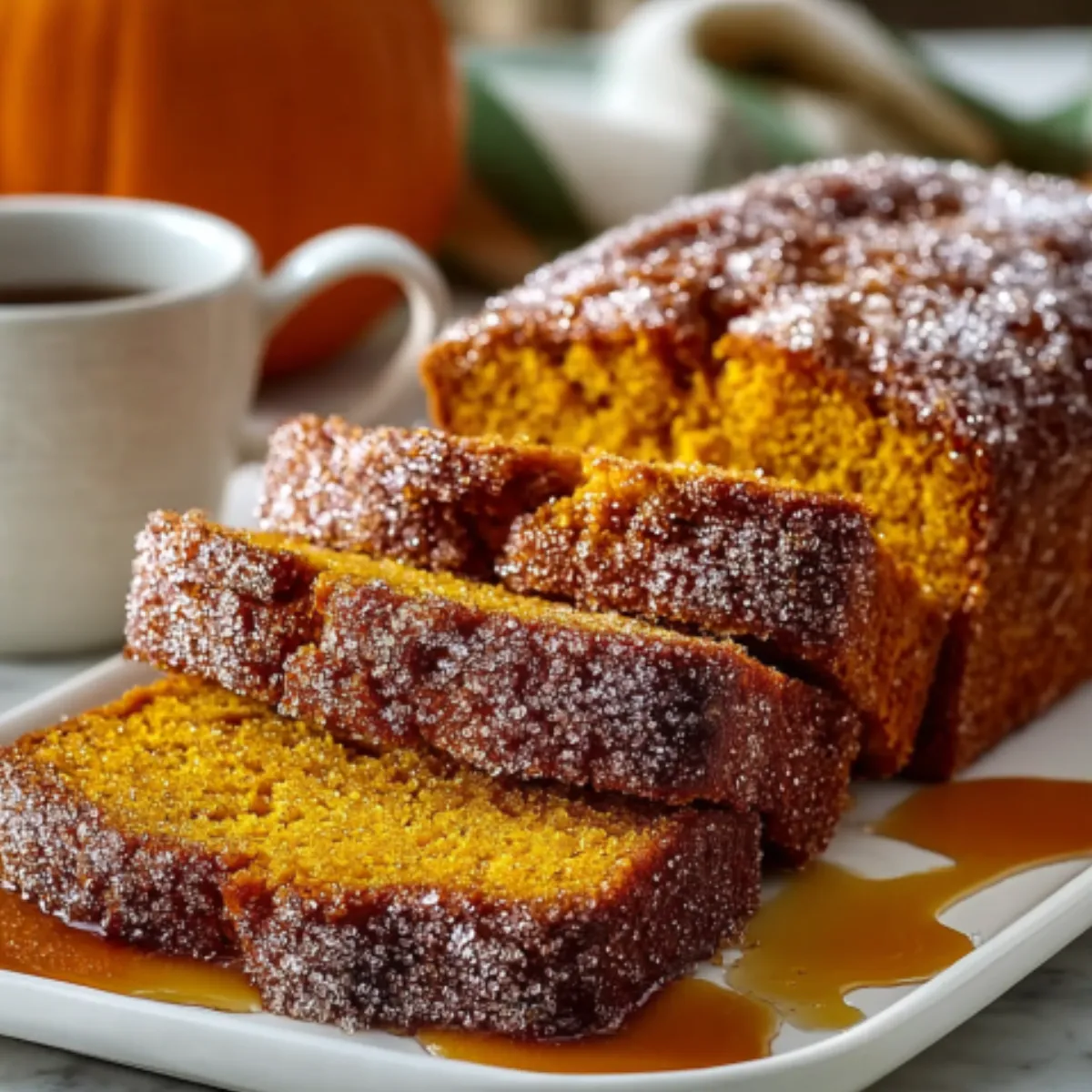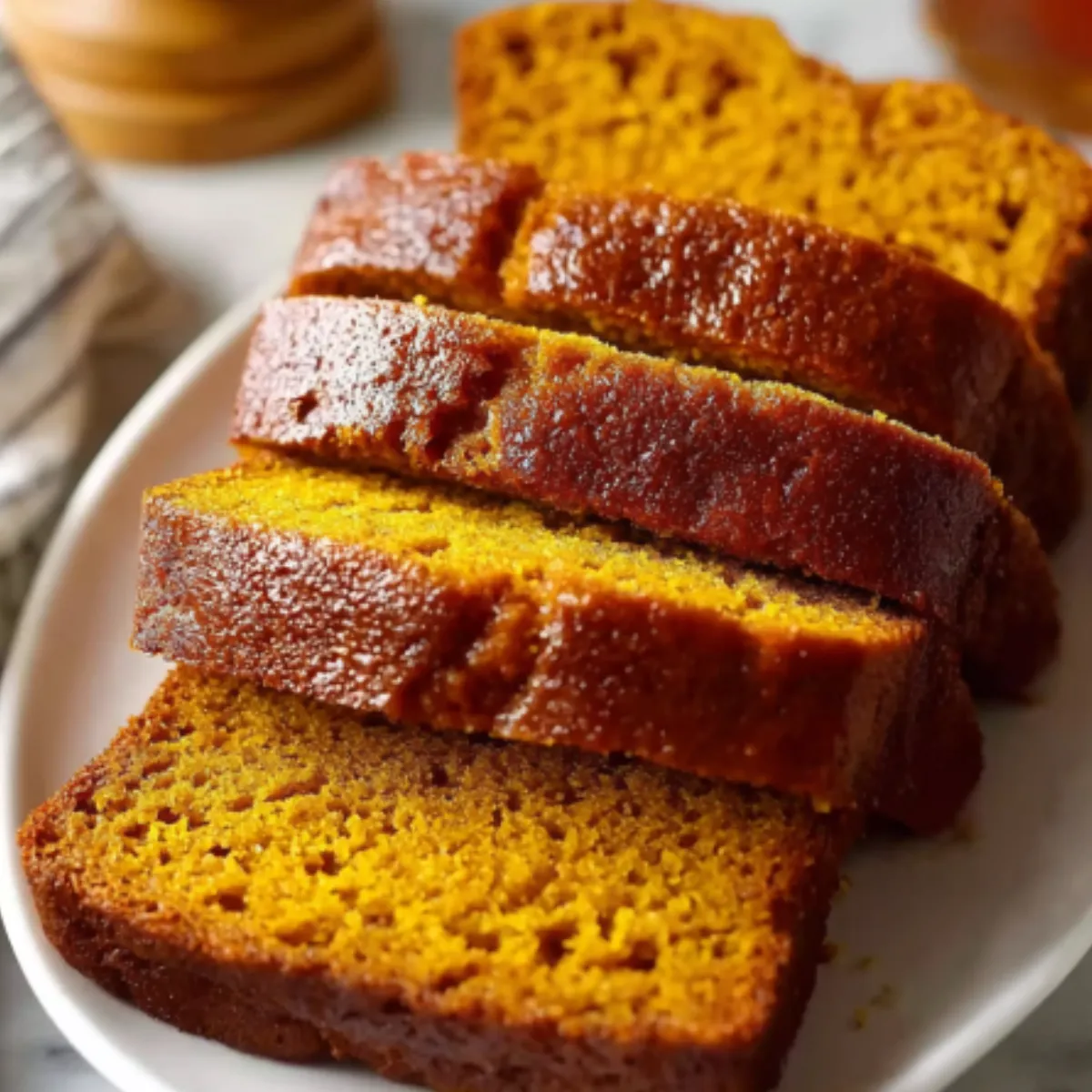
Hey there, beautiful people! I’m so excited to dive into this topic because honestly, the dairy vs non-dairy debate has been swirling around my kitchen table for months now.
Just last week, my daughter Isabella asked me why we sometimes use almond milk in our smoothies but regular milk in our pancakes.
It got me thinking with so many options lining the grocery store shelves these days, how do we really know what’s best for our families?
Trust me, I’ve been there, standing in the dairy aisle feeling completely overwhelmed by the choices.
This comparison isn’t about telling you what’s “right” or “wrong” it’s about giving you the real scoop so you can make the best decisions for your family’s health and taste preferences.
Understanding the Plant-Based vs Dairy Nutrition Basics
Let me break this down in the simplest way possible, because honestly, I used to get so confused by all the conflicting information out there.
Dairy milk is essentially nature’s complete package.
When Henry and I were researching nutrition for our kids, we learned that cow’s milk naturally contains about 8 grams of protein per cup, plus calcium, vitamin D, and a bunch of other nutrients that growing bodies need.
It’s like getting a multivitamin in liquid form pretty amazing when you think about it!
Plant-based milks, on the other hand, are more like customized nutrition.
Each one brings something different to the table.
Almond milk is super low in calories, soy milk matches dairy’s protein content, and oat milk has this creamy texture that makes the best lattes ever (trust me on this one).
The key thing I’ve learned?
There’s no one-size-fits-all answer. It really depends on what your family needs and what your taste buds can handle.
Lactose-Free Alternatives: What Really Works in Real Life
Okay, let’s get real about lactose intolerance because this affects so many families I know.
About 65% of people worldwide have some level of lactose intolerance that’s huge!
The most reliable alternatives I’ve tested:
Soy Milk This has been our go-to when we need something that acts most like regular milk.
Isabella can’t even tell the difference in her cereal, and it works perfectly in my pancake batter.
Oat Milk Oh my goodness, this stuff is creamy and naturally sweet.
Noah absolutely loves it, and I use it in my coffee because it doesn’t separate like some other alternatives do.
Almond Milk – Super light and perfect for smoothies.
Emma prefers this one because it’s not as “heavy” tasting as dairy milk.
Lactose-Free Dairy Milk Sometimes overlooked, but this is regular cow’s milk with the lactase enzyme added.
It tastes exactly like regular milk but won’t cause digestive issues.

Dairy-Free Protein Sources: Getting Enough Without Dairy
This was honestly my biggest concern when we started experimenting with plant-based options.
How do you make sure everyone’s getting enough protein, especially growing kids?
Here’s what I’ve learned works:
High-Protein Plant Milks:
- Soy milk: 7-8 grams per cup (almost matches dairy!)
- Pea milk: 8 grams per cup (newer option, but impressive)
- Hemp milk: 4-5 grams per cup
Smart Combinations:
I’ve started pairing lower-protein plant milks with other protein sources.
For example, when I make smoothies with almond milk (only 1 gram protein), I add Greek yogurt, chia seeds, or a scoop of protein powder.
Real Talk: If you’re completely eliminating dairy, you’ll need to be more intentional about protein from other sources.
It’s not impossible just requires a bit more planning.
How to Choose: Dairy vs Non-Dairy for Your Family’s Needs
After years of trial and error (and plenty of grocery store confusion), here’s my practical decision-making process:
Consider Your Family’s Health:
- Any lactose intolerance or dairy allergies?
- Are you trying to increase or decrease calories?
- Do you need extra protein?
- Any specific nutritional goals?
Think About Taste Preferences:
I always buy small containers first to test.
Emma loves the nutty taste of almond milk, while Noah prefers the creaminess of oat milk.
Henry? He’s a traditionalist and sticks with regular dairy milk.
Factor in Cooking Needs:
Different milks work better for different recipes.
I use dairy milk for baking (the protein helps with structure), oat milk for coffee drinks, and almond milk for smoothies.
Budget Reality Check:
Plant-based milks are typically more expensive.
I’ve found that buying in bulk or choosing store brands helps, but it’s still usually pricier than dairy.
Nutritional Showdown: The Real Numbers
Let me give you the straight facts without all the marketing fluff:
Dairy Milk (1 cup):
- Calories: 80-150 (depending on fat content)
- Protein: 8 grams
- Calcium: 25% daily value
- Naturally occurring vitamins and minerals
Soy Milk (1 cup):
- Calories: 80-100
- Protein: 7-8 grams
- Calcium: 45% daily value (fortified)
- Closest nutritional match to dairy
Oat Milk (1 cup):
- Calories: 120
- Protein: 3 grams
- Calcium: 35% daily value (fortified)
- Higher in carbs and fiber
Almond Milk (1 cup):
- Calories: 30-50
- Protein: 1 gram
- Calcium: 45% daily value (fortified)
- Lowest calorie option
Cooking and Baking: Plant-Based vs Dairy Nutrition in Action
This is where things get really practical.
I’ve learned through plenty of kitchen experiments what works and what doesn’t.
For Baking:
Dairy milk or soy milk work best because the protein content helps with structure.
I’ve had good luck substituting soy milk 1:1 in most recipes.
For Coffee:
Oat milk is my absolute favorite it’s creamy and doesn’t curdle.
Almond milk can work but sometimes separates.
For Smoothies:
Any plant-based milk works great here.
I often use almond milk because it doesn’t compete with other flavors.
For Cereals:
This is totally personal preference.
Emma loves almond milk on her cereal, while Noah prefers regular milk.

Storage and Practical Tips for Lactose-Free Alternatives
Here’s what I wish someone had told me when I first started experimenting:
Shelf-Stable vs. Refrigerated:
Most plant-based milks come in both forms.
The shelf-stable versions last longer and are great for backup, but I think the refrigerated ones taste fresher.
Homemade Options:
I occasionally make my own almond milk it’s actually pretty easy and tastes amazing.
But honestly, with three kids and a busy schedule, store-bought is usually more practical.
Expiration Dates:
Plant-based milks generally last a bit longer than dairy milk once opened, but always check the dates and give it a smell test.
FAQs
Is plant-based milk healthier than dairy milk?
It really depends on your individual needs.
Dairy milk is naturally nutrient-dense, while plant-based options are often lower in calories but may need fortification to match dairy’s nutrition profile.
Neither is inherently “healthier” it’s about what works for your body and lifestyle.
Can children get enough calcium from dairy free protein sources?
Absolutely!
Many plant-based milks are fortified with even more calcium than dairy milk.
The key is choosing fortified options and reading labels.
I always look for brands that provide at least 30% of the daily calcium requirement per cup.
Which lactose free alternatives taste most like regular milk?
In my family’s experience, oat milk has the creamiest texture that’s closest to dairy, while soy milk has the most similar nutritional profile.
For taste, it really varies by person I always recommend trying small containers of different brands to find your preference.
Do plant-based vs dairy nutrition profiles really matter for everyday cooking?
For most everyday cooking, the differences won’t dramatically affect your recipes.
However, for baking, the protein content in dairy and soy milk can help with structure and rise.
I’ve learned to adjust other ingredients when using lower-protein alternatives.
More Nutritious Recipes You’ll Love
- High-Protein Breakfast Bowl Ideas – perfect for using any milk alternative
- Creamy Dairy-Free Pasta Sauce – works beautifully with cashew or oat milk
- Healthy Smoothie Recipes for Kids – tested with every milk option imaginable
Making the Right Choice for Your Kitchen
The truth is, there’s no perfect answer to the dairy vs non-dairy debate.
What matters most is finding options that work for your family’s health needs, taste preferences, and budget.
In our house, we use a mix – dairy milk for baking and the kids’ cereal, oat milk for coffee, and almond milk for smoothies.
It might seem complicated, but it actually gives us the best of all worlds.
The most important thing?
Don’t stress too much about making the “perfect” choice.
Whether you choose dairy, plant-based, or a combination like we do, focus on overall nutrition and what makes your family happy.
Trust me, there are so many more important things to worry about in the kitchen than whether your milk comes from a cow or an almond!
Happy cooking, and remember the best choice is the one that works for your family!
With love,





